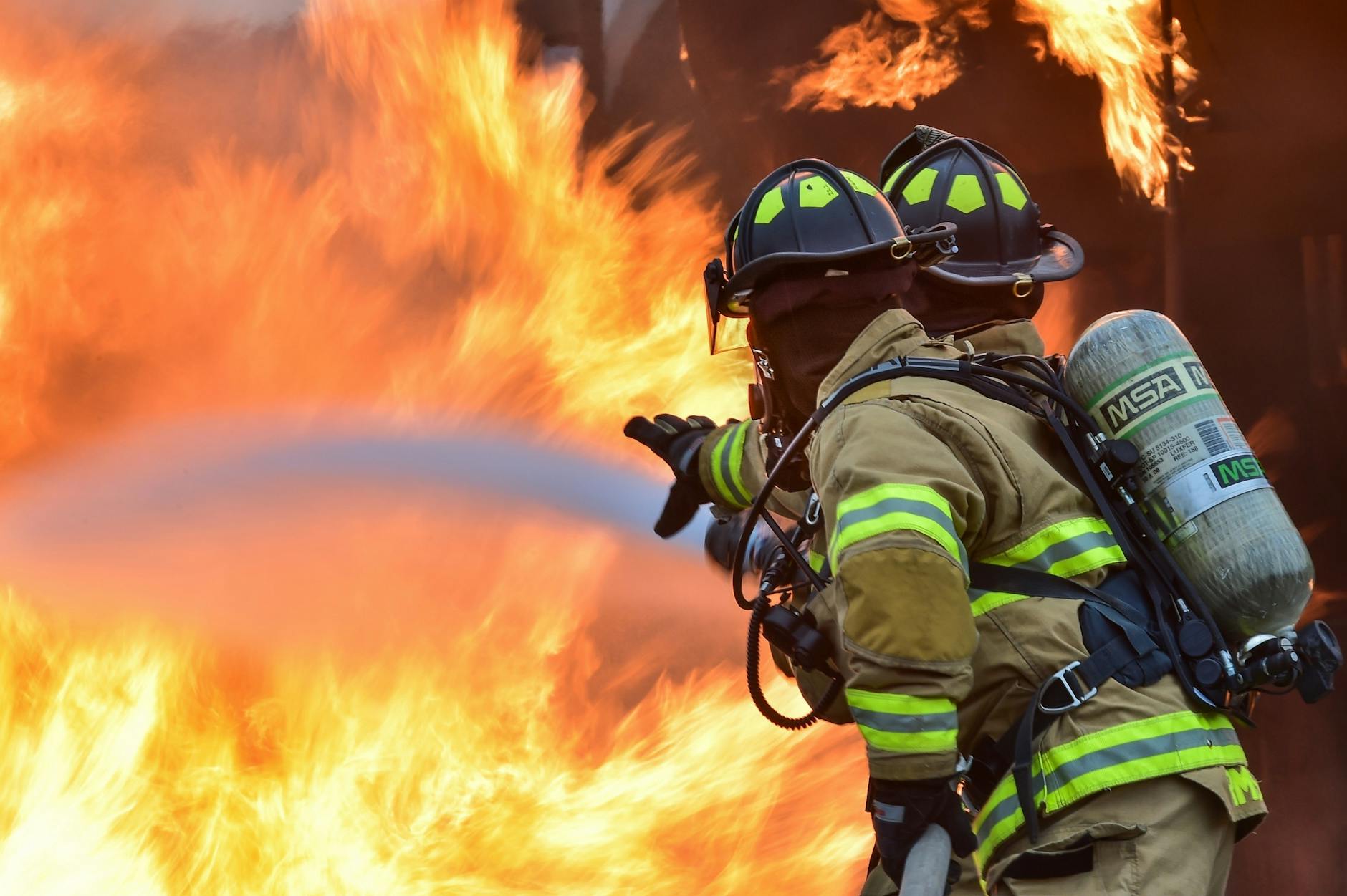The secure storage space of flammable liquids is vital. The lives of the workers, the safety and security of the community, and your business’s future rely on it.
The main threat linked with flammable liquid is the surge. Flammable fluids are especially hazardous because they could produce vapors. When the vapors blend with air and reach their flashpoint, they can fire up, creating a surge with tragic repercussions.
When storing combustible fluids in the warehouse, it is essential to consider numerous elements, from market guidelines to the design of the facility. Bear in mind the five pointers below for the safe storing of flammable fluids in stockroom centers.
Flammable Liquid Cabinet: A Must in Warehouse Facilities
1. Identify the Liquid’s Flash Point
 Before putting any health and wellness protocols in place, you need to understand more details concerning the combustible fluid you save in your warehouse center.
Before putting any health and wellness protocols in place, you need to understand more details concerning the combustible fluid you save in your warehouse center.
What is a flashpoint? A flashpoint is “the most affordable temperature level at which a compound creates adequate vapor to form a vapor/air mix that could be fired up.” Why is a flashpoint essential to recognize when it concerns combustible fluid storing and handling? Exactly how carefully you regulate the flammable fluid environment will help avoid that liquid from reaching the flashpoint.
2. Choose the Appropriate Container
Depending upon the chemical, container products consist of steel, plastic, or glass. In general, metal is widely utilized unless steel can negatively affect the container’s contents or erode the steel. The ideal container size is additionally vital. Just as essential as the containers are the tags that take their place. Containers for controlled hazardous waste need to be effectively identified.
3. Keep Chemicals in Safe Cabinets
Combustible fluids need to be kept inside a flammable liquid cabinet. Many regional policies need that businesses maintain flammable liquids in a fire-proof storage cabinet. When putting a chemical in a cupboard, guarantee it is firmly secured to stop leaks or responses with the air.
If a chemical needs to be cooled, detailed storage cupboards need to be utilized – not an everyday usage refrigerator located in a workplace break room, for instance. These fridges must be appropriately identified also.
4. Containers Should be Grounded
Along with ensuring that combustible fluids are kept in containers, the containers should also be grounded to reduce the danger of static electrical energy.
Fixed electrical energy can stimulate a fire or surge by increasing the vapor temperature level over the flashpoint. Containers ought to also be far from doorways, without deterioration, as well as far from any ignition resources. These consist of stimulates from electric devices, open fires, or burners.
5. Do Not Shop Chemicals Unnecessarily
Any time a combustible liquid is kept on a building, there are intrinsic hazards. There are dangers for fires, chemical spills, surges, poisonous gases, and more. In case a specific combustible liquid is no more of use, it must be properly dealt with.
